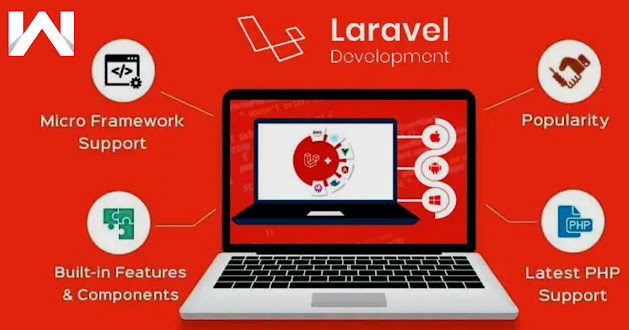Introduction
Wearable technology has emerged as a significant trend in recent years, offering a wide range of smart devices that can be worn on the body. From smartwatches and fitness trackers to augmented reality headsets and smart clothing, these devices are revolutionizing how we interact with technology. Laravel, a powerful and versatile PHP framework, has a crucial role to play in the development of applications and services for wearable technology. In this article, we will explore the potential of Laravel in innovating with smart devices and creating unique user experiences.
-
Seamless Data Synchronization: Wearable devices generate a vast amount of data, including biometric data, fitness metrics, and location information. Laravel's robust backend capabilities and RESTful API development make it an ideal framework for seamlessly synchronizing and managing data from wearable devices. Developers can leverage Laravel's database management features to store, process, and analyze the data generated by wearable devices, enabling personalized and insightful user experiences.
-
Real-Time Monitoring and Notifications: One of the key advantages of wearable technology is its ability to provide real-time monitoring and notifications. Laravel's event-driven architecture and queue system allow developers to build applications that can process and respond to real-time data from wearable devices. Whether it's sending health alerts, fitness goal achievements, or location-based notifications, Laravel empowers developers to create responsive and interactive applications for wearable technology.
-
Personalized User Experiences: Laravel's flexible routing system and customizable views enable developers to create personalized user experiences for wearable technology. With Laravel, developers can build user interfaces that adapt to different wearable devices, screen sizes, and interaction patterns. This flexibility allows for the creation of intuitive and user-friendly interfaces that cater specifically to the unique capabilities and limitations of wearable devices.
-
Integrating with External APIs: Wearable technology often relies on external services and APIs to provide enhanced functionality. Laravel's extensive support for integrating with external APIs simplifies the process of connecting wearable devices with third-party services. Developers can leverage Laravel's built-in HTTP client or popular packages like Guzzle to seamlessly communicate with external APIs, unlocking a wide range of possibilities for wearable technology applications.
-
Security and Privacy: As wearable devices collect sensitive user data, security and privacy become paramount. Laravel's built-in security features, such as CSRF protection, encryption, and authentication, help developers build secure applications for wearable technology. Additionally, Laravel's support for role-based access control and data encryption ensures that user data is handled securely, instilling trust and confidence in wearable technology solutions.
Conclusion
Laravel development versatility, scalability, and extensive feature set make it an excellent choice for innovating with wearable technology. Whether it's developing applications for fitness tracking, healthcare monitoring, augmented reality, or smart clothing, Laravel provides developers with the tools and capabilities to create compelling user experiences. As wearable technology continues to evolve and gain popularity, Laravel will undoubtedly play a crucial role in shaping its future by empowering developers to build sophisticated and impactful applications for smart devices.

Comments
Post a Comment